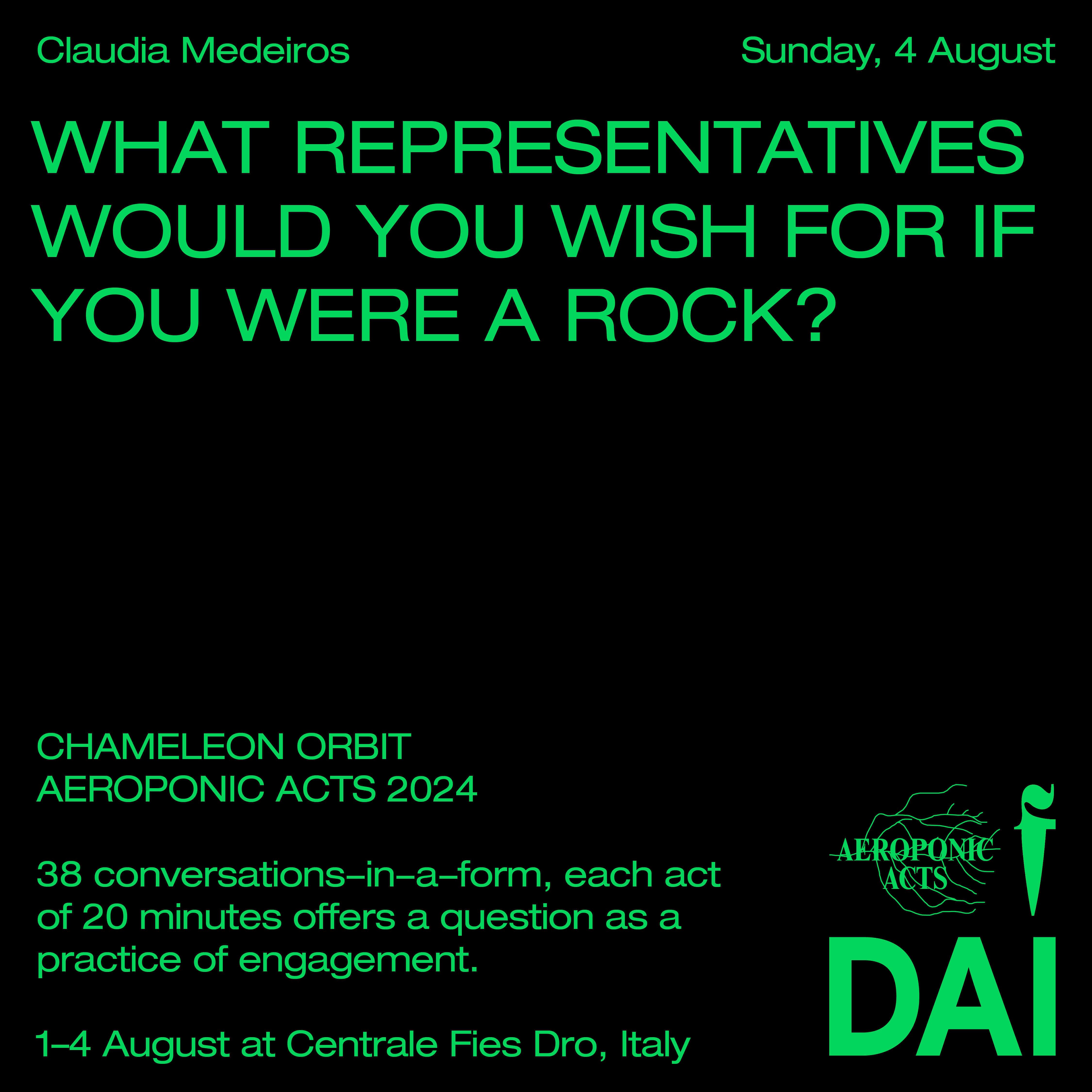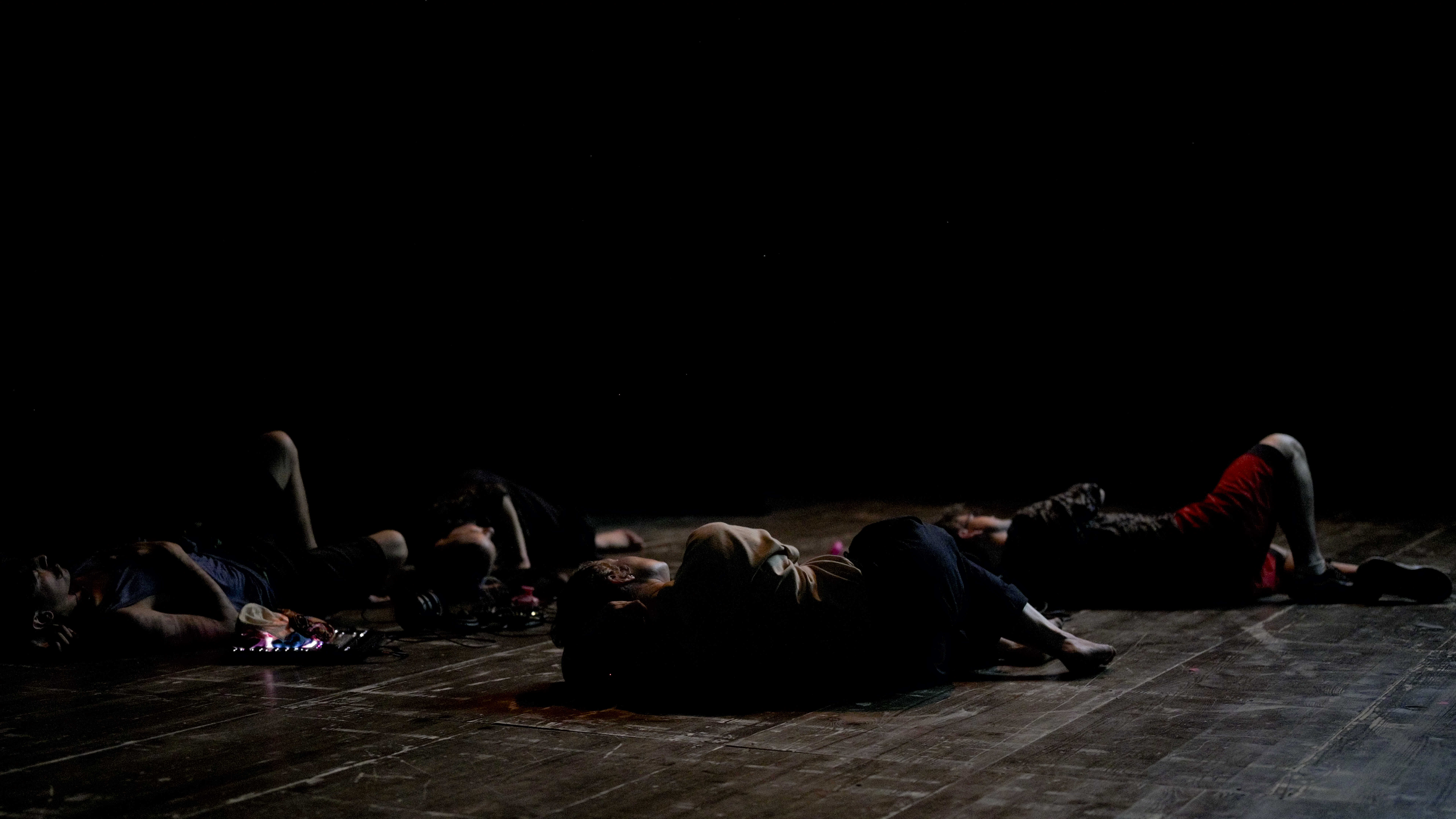Claudia Medeiros ~ A Voice in My Brain Makes an Inaudible Noise: A Concert Score for In-(h)umans
I write to you from a recent past, contemplating the uncertainties of today's timeline. The sounds of our worlds often turn into confusion, and voices are eliminated by systems of power. How can we recover them when our hearts are broken? In a childhood memory, I look into a mirror, cradled by my father. Is this memory truly mine or just a fleeting image? In Baudrillard’s reflections on Sophie Calle's Suite Vénitienne, I found words that resonate with this memory of mine:
“You exist only in the trace of the other, but without knowing it yourself. Therefore, it is not to discover something about the other or where they are heading—nor is it ‘drifting’ in search of a random path: All of this, which corresponds to various contemporary ideologies, is not particularly seductive. And yet this experience is entirely a process of seduction. You seduce yourself by being absent.”
We are followers, losing ourselves in this mirror that reflects not only a myriad of voices but confuses and appears as a mirage of what we could be.
AEROPONIC ACTS 2024 ~ Chameleon Orbit


